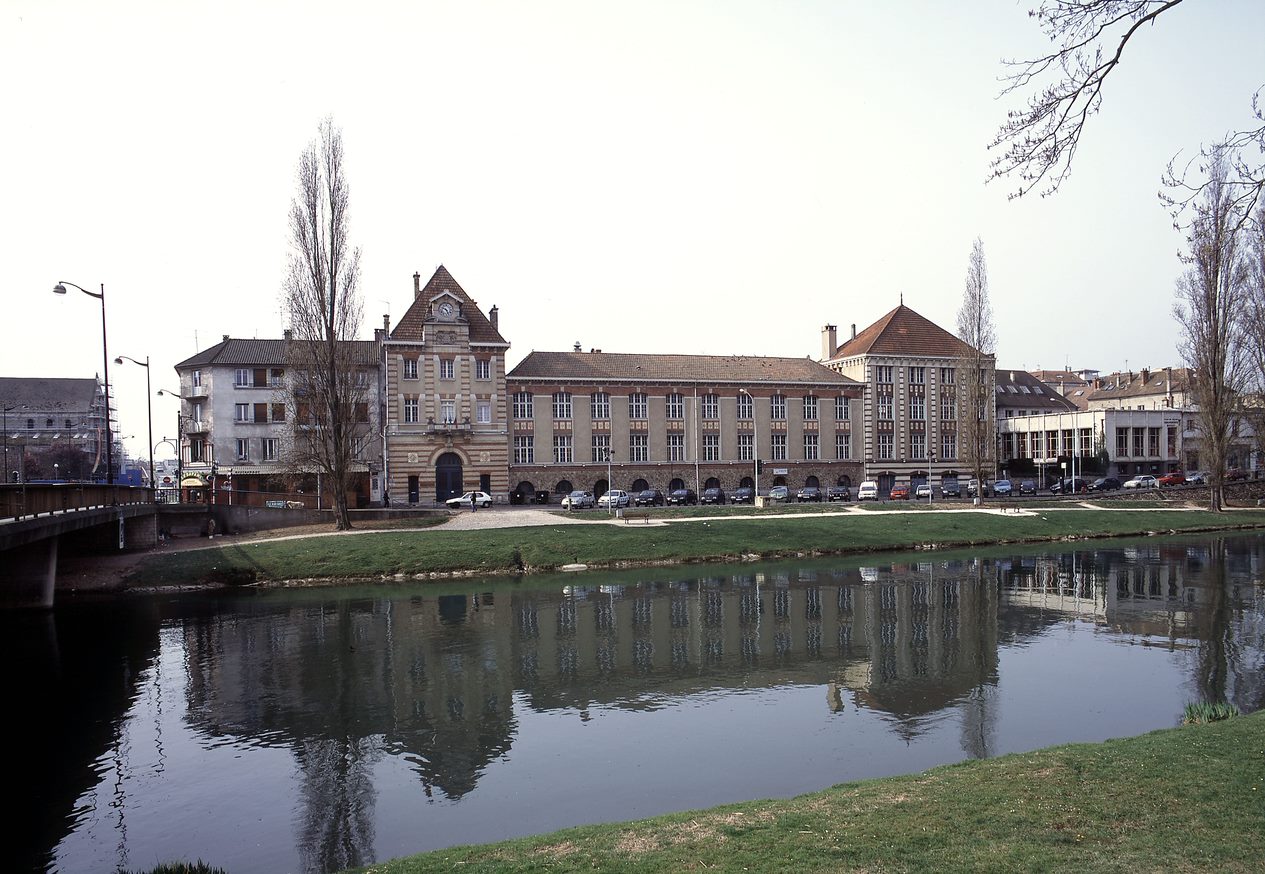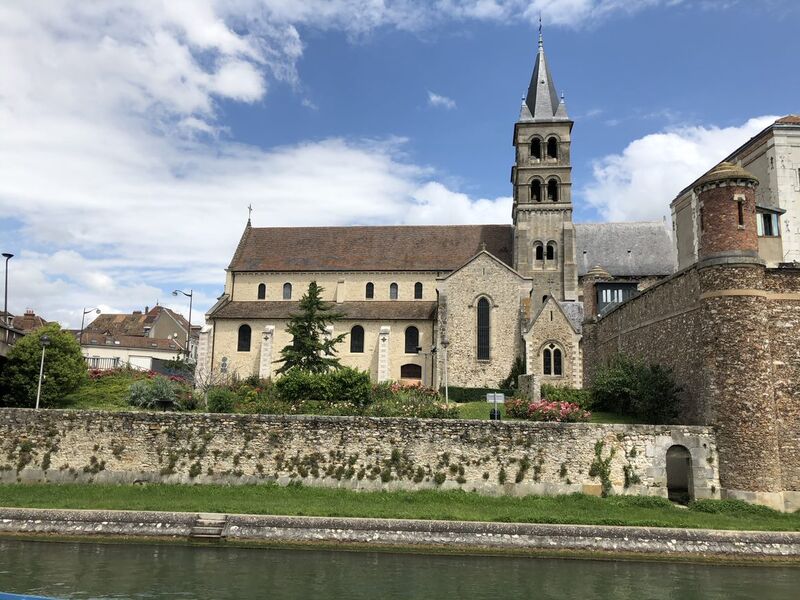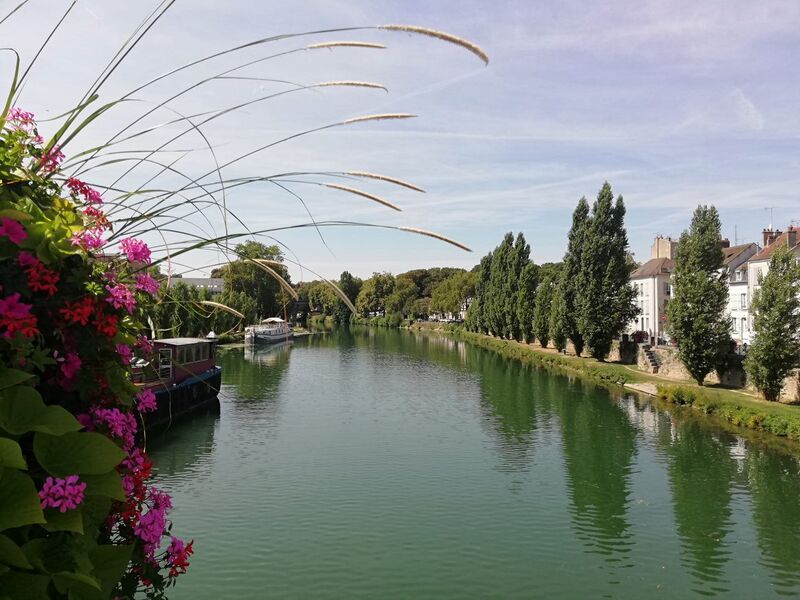Crédits photo
- Fremdenverkehrsamt von Melun Val de Seine
- Ville de Melun Val de Seine
- Julien Meneret
- Didier Paris
- Collectif Images
- Alticlic
- Pascal Gaël
- Jérome Mignon
- Michel d’Anastasio
- Frederic Miel
- Sophie Loyd
- Thierry Benne

Melun has been developing since Roman times. Part of the town was built on the Île Saint-Étienne, a privileged site that was easy to defend and also made it easier to cross the river.
From the High Middle Ages onwards, its layout was comparable to that of the Île de la Cité in Paris. Bounded by fortifications on the banks of the Seine, it had a large royal residence to the west and a religious complex to the east.
Over the centuries, the exceptional site of Ile Saint-Étienne has become the religious and political centre of the town (with monuments such as the collegiate church of Notre-Dame, the priory of Saint-Sauveur, the royal castle and the Hôtel de la Vicomté), then the economic centre (Melun silos from 1934 to 1994), and cultural centre (museum, university, media library), sometimes appearing as an enclosed universe, sometimes as a passageway between two banks.
Today, Ile Saint-Étienne is home to the Melun Museum of Art and History and the Astrolabe media library. The island is home to the Reine Blanche marina, where you can take a cruise on the Seine with the Melun Val de Seine Tourist Office, or enjoy a drink or a show on the Madison and BPM barges.







